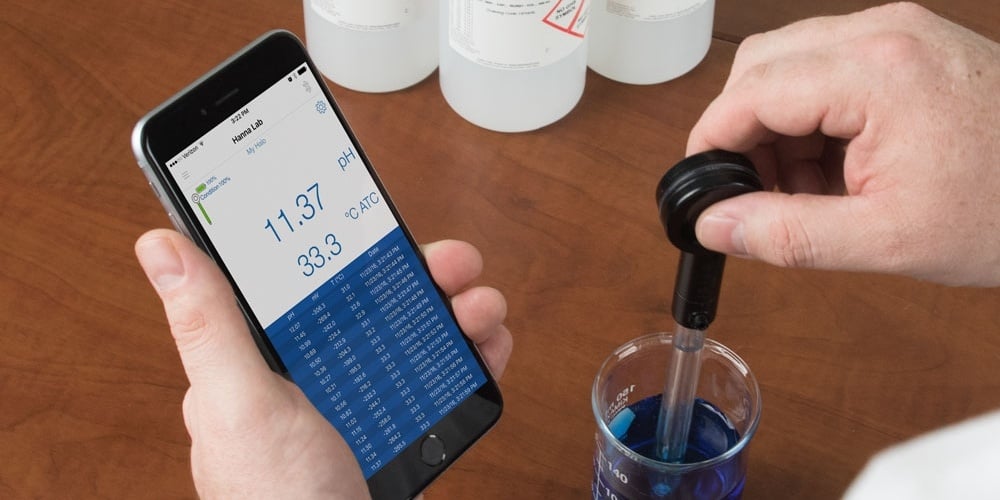Taylor K-1000 is always at least 0.5 pH higher than the Apera. I calibrate the Apera every 10 readings.
For example on today's reading Apera was 7.4, Taylor was 8.2
I'm assuming the Apera is more accurate, but is the Taylor test really that bad? That's a massive difference.
For example on today's reading Apera was 7.4, Taylor was 8.2
I'm assuming the Apera is more accurate, but is the Taylor test really that bad? That's a massive difference.


